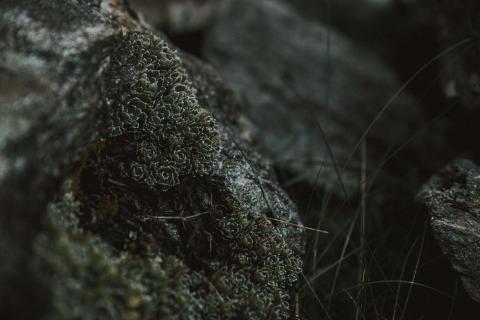
Sound Recordings in the High Tauern about 2000 metres above sea level, photographed and played live. Living with nature, not outside of it, now and for the creative future. Listening with nature and the nature in yourself.

Sound Recordings in the High Tauern about 2000 metres above sea level, photographed and played live. Living with nature, not outside of it, now and for the creative future. Listening with nature and the nature in yourself.
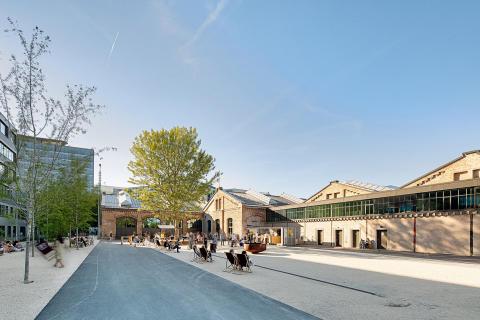
The Wagenhallen Stuttgart - a former locomotive shed from the 19th
century - is characterised by various construction periods, conversions and
war destruction. The four adjacent pitched roof halls have developed into a
cultural focal point in Stuttgart even before their renovation and have since
housed artist’s studios, an event area and a tango school. The former
locomotive shed can be experienced again in its original design and function
as a dynamic and lively building.
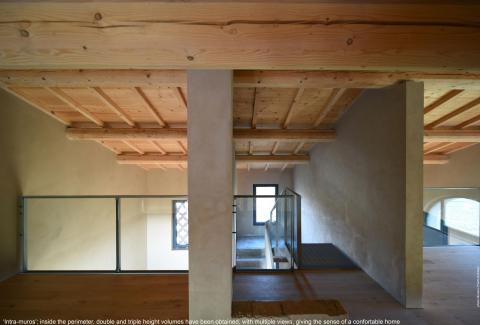
Born for the drying of tobacco and synthesis of a landscape intended for work, the ancient factory called ‘Il Castello’ is recovered for new uses, opening up to the Community as a court of collective knowledge, theater of public-private synergies aimed at regenerating the land over which it dominates. Respect for environmental values has led the intervention to develop almost exclusively inside the building, reconfigured in order to restore its semantic identity in the contemporary dimension.
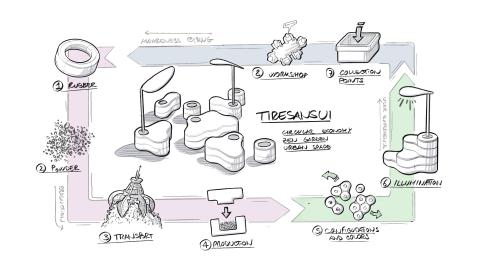
The project focuses on carrying out the collection of used tires and using the resulting rubber.
In this case, the work brings together a widespread distribution of collection and post-processing points for this waste, to produce a modular urban area, built around the concept of generating an urban Zen garden.
Tiresansui's modules are created around the shape of the circle, form symbol of Zen philosophy and sustainability.
These modules can overlap and rotate forming multi-level structures.
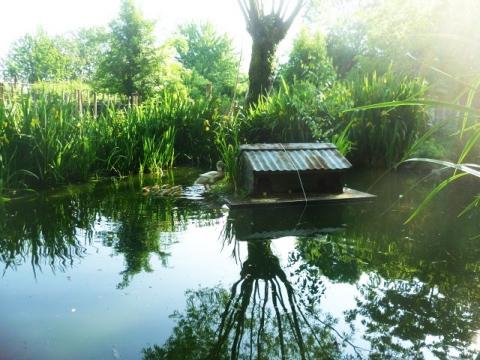
4Linden as an architectural synthesis of the arts offers an ecologically designed and beautiful living space, which makes it possible to experience the return to nature and the connection to its natural cycles and life processes and thus strengthens humankind in his very own love and creative power. Putting this creative power into a harmonious and mindful relationship with nature and our fellow human beings can pave the way to a future worth living for our common earth.
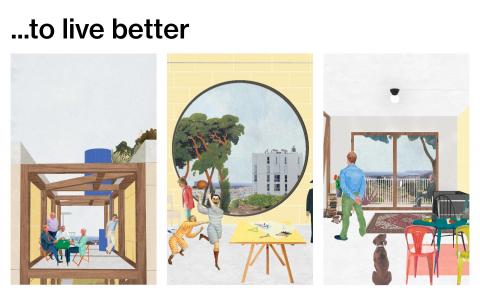
Living Marseille is an optimistic research on the idea of "metropolitanity" through the lens of 3 margins situations in the mediterranean city. The project imagines 3 scales of actions to regenerates the dialogue between housing typologies and urban public space. From a tiny project house, to the construction of an inclusive appartment building in the center to 28 appartments in the earth of a neighborhood in decline, the concept imagines ideas to live better in all the parts of the metropolis.

About 40% of commercially grown flowers are thrown away before reaching consumers. Flower Matter is a research project aiming to divert flower waste from landfills, by directing packaging into proper recycling processes, offering alternatives to unsustainable materials and increasing circularity. Developed within this project, Flaux is an innovative textile material, a “bio-leather” made from flower petals, that could generate a positive environmental impact in the fashion industry, by replacing harmful conventional leather.
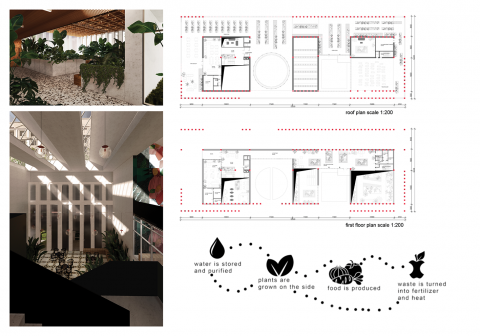
Revitalization of a socialist realist complex in the center of Warsaw. Turning a street dominated by cars into a lively space. A wide street gets filled with loosely placed buildings of city greenhouses, a market and a water treatment plant, interspersed with pedestrian areas. The heart of the project is the "living machine", which is the most impressive method of water purification. The street is a model example of thinking about a one-minute city, where public spaces are available immediately.

Metakitchen is an installation that brings together 5 Romanian practices who tackle subjects such as mapping local resources, regaining the knowledge about the territory we inhabit and recovering historical recipes. They address fields like gastronomy, textiles, ceramics and building material production. When we, as designers, decide what is the raw material that will become part of the final object we have envisioned, we implicitly decide upon the way we use the territories we inhabit.
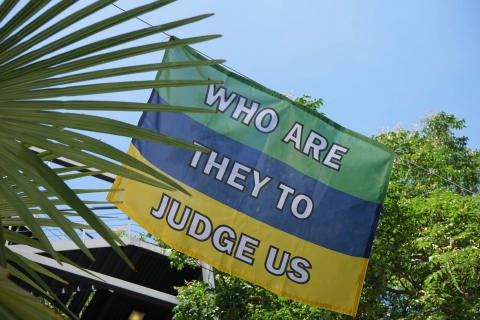
My work is a vindication of the Universal Declaration of Human Rights, I make a criticism of the global situation we are going through, a call for solidarity and social responsibility, but above all, to love and unity.
I have used flags as a graphic support because they represent values, collectives, organizations, nations...
I play with the ambiguity generated by my flags to arouse feelings of love and unity and to reflect on the absurdity of barriers, war and political conflicts.